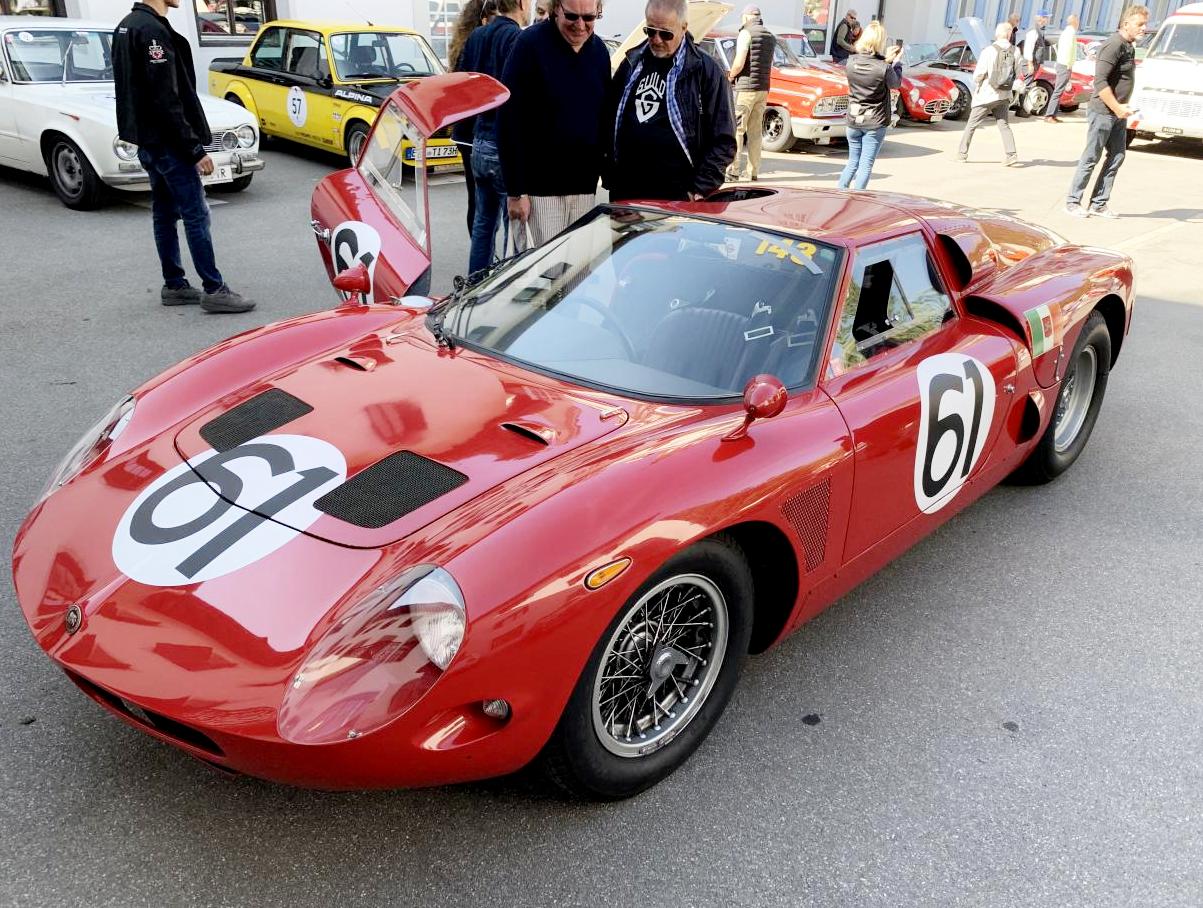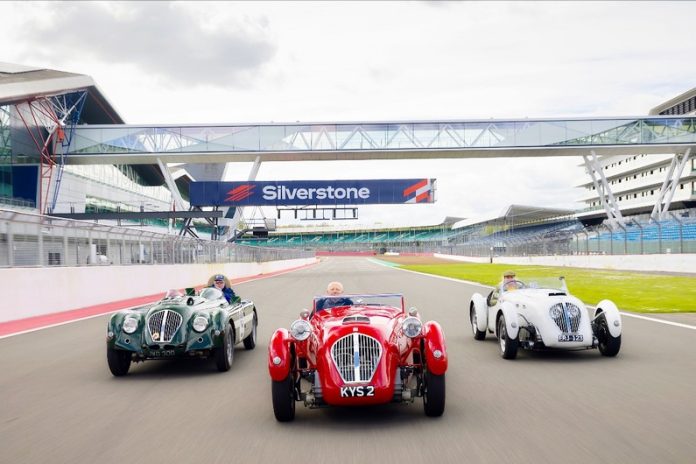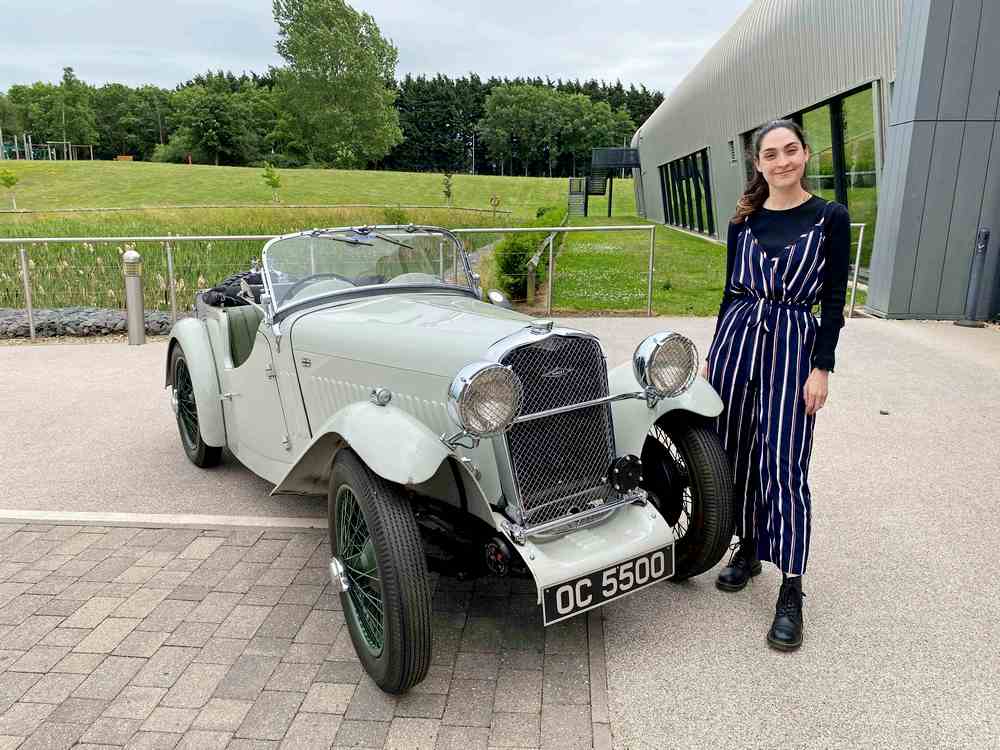
This article was inspired by the following photographs which were submitted, by “Joerg”, to the Jensen Owners Club Forum in March 2020. Other contributors identified the car as a Serenissima 308 Jet. Further research identified it as a 1965 Serenissima Jet 308V Competizione. By the way, Joerg, who lives in Germany, owns the iconic Jensen ‘White Lady’, the first complete car, bearing their name, built by the Jensen brothers.
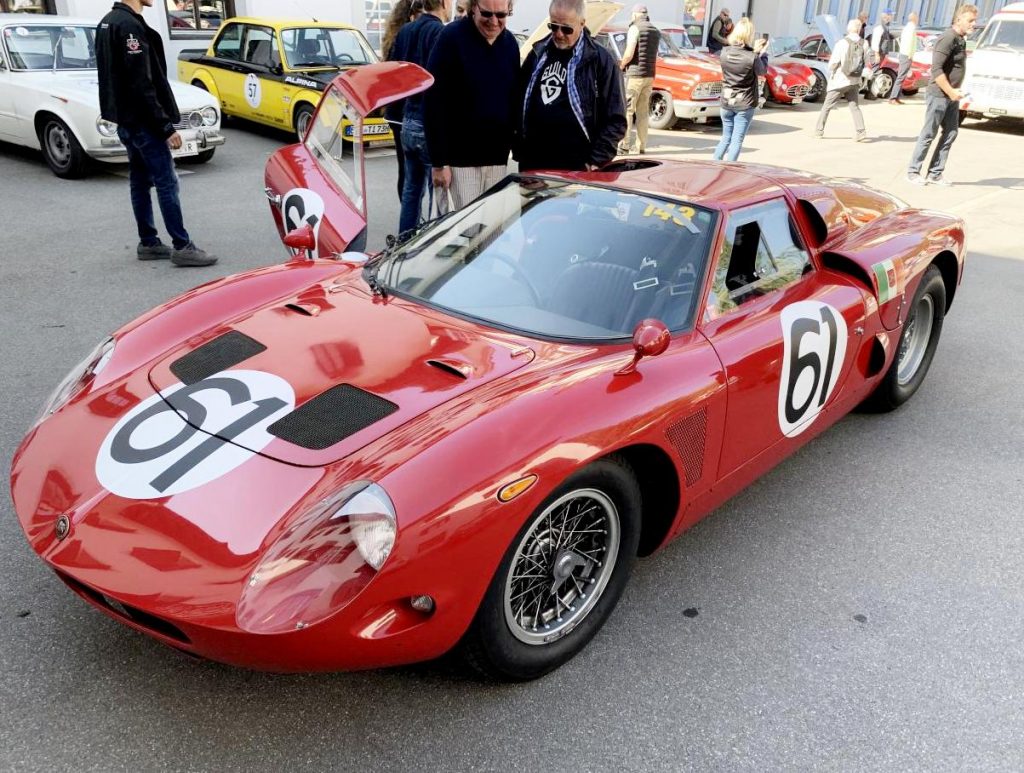
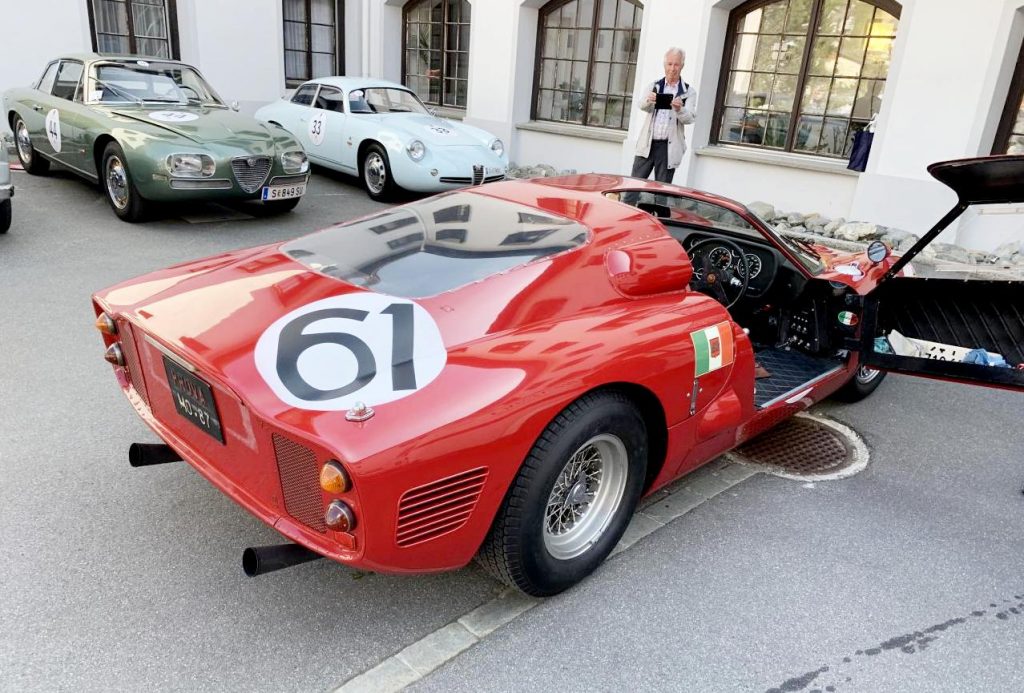
Firstly, I was struck by the cars stunning looks and then I realised that I had never encountered a Serenissima car before; I had to do some research and this is the fascinating story that I uncovered –
Count Giovanni Volpi di Misurata (born 1938 in Venice) inherited a fortune, at the age of 24, from his father, Count Giuseppe Volpi di Misurata, a politician, financier and founder of the renowned Venice Film Festival. During World War II, Count Giuseppe Volpi served in Mussolini’s cabinet as the Minister of Finance and one of his chief advisors. He was repomsible for several of Mussolini’s austerity measures but escaped prosecution after the war. He also acquired and restored Villa Barbaro at Maser, Italy, built originally for the patrician Barbaro family.
Like many Italian young men at the time, Giovanni Volpi had a passion for cars, so, it isn’t surprising that he used his inherited wealth to form a racing team. He was also passionate about the City and area of his birth, Venice. This passion was expressed in the naming of the racing teams, Scuderia Serenissima and Scuderia SSS Republica di Venezia, he established in order to enter his own cars in sports car racing and ‘Formula One’ races, in the early 1960s. Serenissimo/a (English meaning – most serene) was a term that was bestowed upon ‘The Doge and the Signoria‘ of Venice during the Byzantine period and later it was used to describe the City and the Republic of Venice, in general, as a kind of “nickname”. Serenissima became one of Ferrari’s best customers but after Vopli bankrolled the ATS team, which had been formed by former Ferrari employees*, he felt the wrath of Enzo Ferrari who cancelled Serenissima’s order for two Ferrari 250 (SWB) GTOs. So, in 1962, Volpi had to start looking elsewhere for his team cars. The new ATS (Automobili Turismo e Sport) company should have been able to fill the void but the illustrious engineers found that they couldn’t repeat the magic that they conjured up at Ferrari and after producing a singularly unsuccessful F1 car, in 1963, the company was wound up.
*In 1961 there was the so-called “Great Walk-Out” at Ferrari when top engineers Carlo Chiti, Giotto Bizzarini and other key personnel walked out and formed a new company called ATS which had a short life. Chiti left to found Auto Delta, and Bizzarini left to manufacture cars bearing his own name. Ferrari, as we all know, went from one resounding success to another.
Sports Cars
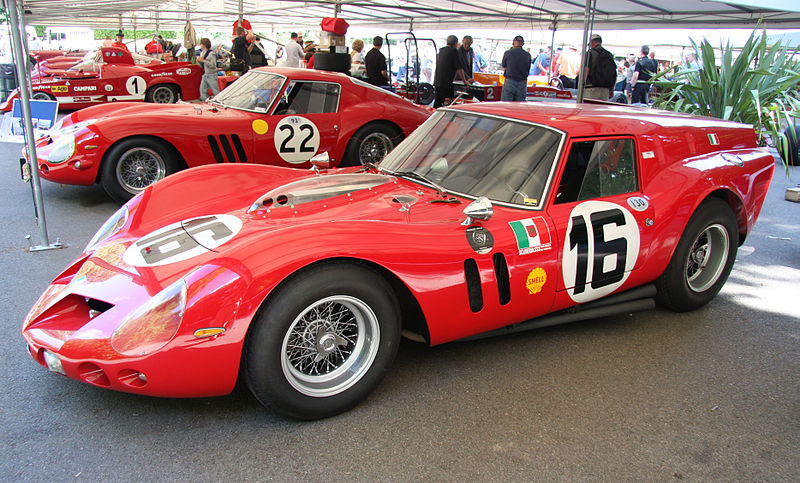
The ‘Breadvan’
Undaunted by Ferrari’s action, Count Volpi decided to commission one of the Ferrari renegades, Ing. Giotto Bizzarini, to design him a car. Volpi already owned the ex Olivier Gendebien 250 GTO SWB ‘Competizione’, serial No. 2819 GT. This car had secured second place in the 1961 ‘Tour de France Automobile’. The designation ‘Competizione’ meant that it had a lightweight body and chassis, minimal trim, and a more powerful 286 bhp Tipo 168 engine with Testarossa-type cylinder heads.
Bizzarrini applied all the ideas he had developed working on the GTO and together with the car body specialist Piero Drogo developed an aerodynamically advanced body, even lower than the GTO’s. The roof line was extended all the way to the rear of the car with an abrupt vertical cut off, thereby following Kamm’s aerodynamic theory. The resulting estate-car appearance led to the French press nicknaming it “La Camionnette” (little truck), while the English-speaking journalists called it the “Breadvan”. The latter name has stuck and if you mention Ferrari “Breadvan” to most car enthusiast they know exactly which car you are referring to. At the time and perhaps even now, the Ferrari car company and Ferrari purists refused to accept that it was a Ferrari, to them it was a bastard, in every sense of the word.
Bizzarrini moved the engine and radiator further back to the centre of the chassis as compared to the production GTO. Fitting a dry-sump engine lubricating system allowed the suspension to be lowered which, in turn, meant that the car’s ground clearance could be reduced thus improving its aerodynamic efficiency. The original three 46 DCN Weber carburettors were replaced with six twin choke 38 DCN Webers. The original 4-speed gearbox was retained. Giorgio Neri and Lucciano Bonacini of Modena were contracted to perform all the mechanical modifications and race preparation. The resulting car was significantly lighter than the GTO, at 935 kg (2,061.3 lb) compared to the typical GTO weight of 1,000 kg (2,204.6 lb).
The ‘Breadvan’ Ferrari 250 GTO SWB made its competition debut at the 1962 24 Hours of Le Mans. It quickly passed all the other Ferrari GTOs and was 7th overall at the 4 hour point, then a driveshaft failure caused its retirement. Results at other races proved the design’s effectiveness, as the car won the GT class in two races during the 1962 season. The car’s last race, during that period, was at the Coppa Gallenga Hillclimb in 1965. However, since 1973 it has appeared regularly at historic races worldwide, including events such as the Monterey Historic Automobile Races, the Goodwood Festival of Speed and the Tour Auto. The ‘Breadvan’ now resides in Germany and – being a ‘period rebody’ – it is allowed to compete in Historic Challenges.
Serenissima Jet 308V Competizione
The Count still wasn’t satisfied, he had ambitions to race cars bearing his team’s name. So, in late 1962 he started putting plans together. His first choice for the designer of this car was his friend Giotto Bizzarini but by this time he was employed by ASA (Autocostruzioni Società per Azioni) and therefore not available. So, Volpi turned to Alberto Massimino of Lancia-Ferrari D50 and Maserati 250F fame, someone equally qualified for the task. Third-party suppliers were contracted to manufacture the mechanicals, to Massimino’ designs. At the time car designers had been influenced by the success that Cooper et al were having with their mid-engined F1 cars. Massimino was no exception, for the first Serenissima car he specified a spaceframe in which to locate the 3.0 litre V8 engine “amidships”. The engine featured twin overhead camshafts per bank, with dual ignition and was mated to a five-speed Colotti gearbox.
By late 1964 the package was complete. Massimino’s spaceframe was complimented by a coupe body designed by Francisco Salomone and constructed by Carrozzeria Gransport. To make the Count’s dream complete a Serenissima badge was fixed on the nose of the car. The car was known as the ‘308V GT Prototyp’, the road version was to be called the Serenissima Jungala GT. The first chassis was shaken down at the Aerautodromo Modena on December 20th, 1964. It did not receive universal acclaim and Le Mans winning journalist Paul Frere was particularly critical of the new car. Not happy with the results of that first test both Massimino and Salamone returned to their respective drawing boards; their efforts resulted in a completely new body and a modified, shortened, chassis. This second incarnation was optimistically dubbed ‘Jet’. Carrying chassis number 003, the first ‘Jet’ debuted in October 1965 and was continuously tested and modified in the following months. The specification designated for circuit racing was appropriately given the addendum of ‘Competizione’. So the full name of the car in Joerg’s photos, above, was and is ‘Serenissima 308V GT Competizione’. It made its competition debut at the Le Mans trials in April 1966. Frenchman Louis Corberto recorded a best time of 4’18.2, which was almost two seconds slower than Andre de Cortanze in the Count’s old Ferrari 250 GTO.
It is worth noting here that all the development work took place in a modest factory Volpi had acquired in the small town of Formigine, half way between Modena and Maranello. The chief executive and team manager was ex Ferrari and Maserati Team Manager, Nello (Maestro) Ugolini. In charge of the technical side was Stirling Moss’ legendary former mechanic, (race engineer in today’s parlance) Alf Francis. Bruce MacIntosh was chief mechanic with a young Italian helper, plus two secretaries in the front office. That was the total workforce. (Source Jonathon Williams)
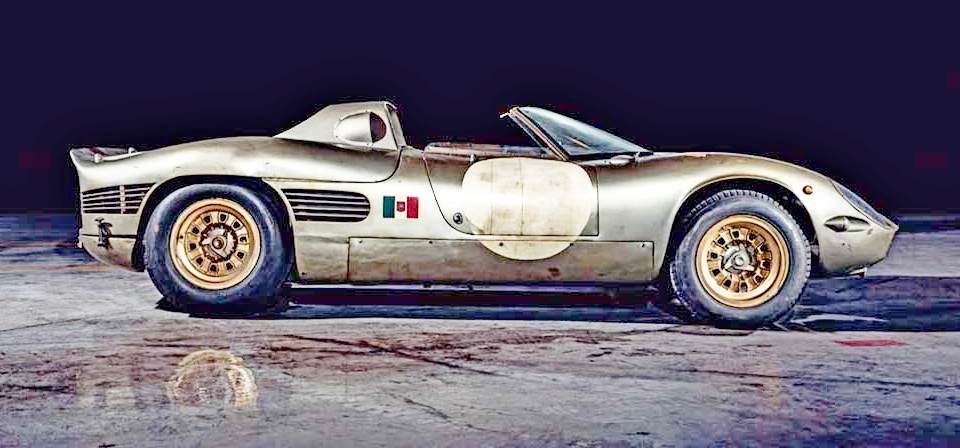
Ever ambitious and never willing to give up the fight against his former supplier, Ferrari, Volpi commissioned an ‘open top’ version of the 308V. The Spyder body, as Italian open topped cars are referred to, was designed and constructed by Medardo Fantuzzi. The engine capacity was increased to 3.5 litres. Sad to report, the ‘Spyder’ was no more successful than the Coupe. On its one and only outing at the 1966 Le Mans 24 Hours race, after circulating at a relatively pedestrian pace for five hours, the gearbox “gave up the ghost”. Volpi took the car home and locked it in his garage where it stayed until February 2019. At the Artcurial Auction at the Retromobile Show, Paris, it sold for $4,694,258, well above the estimate.
Formula 1
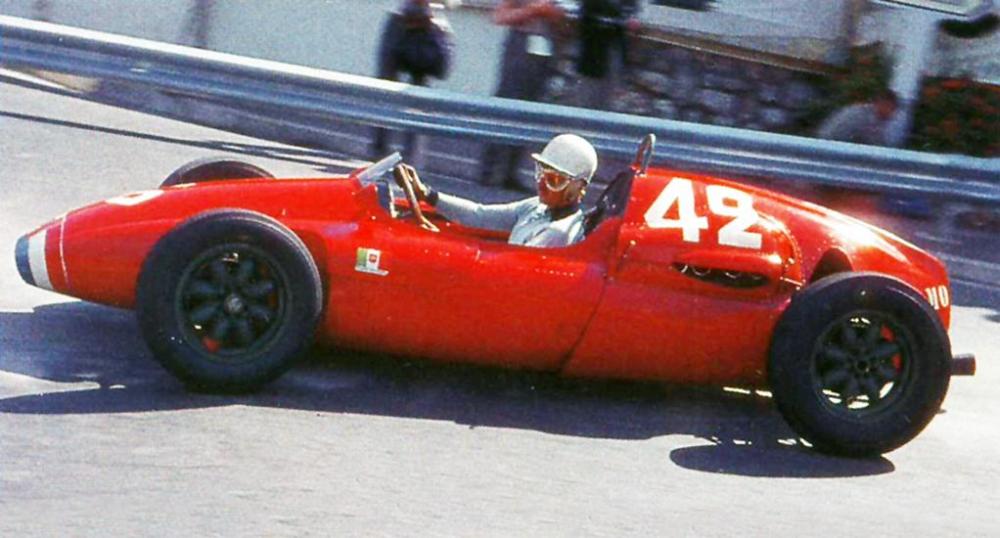
In 1961, Scuderia Serenissima entered the Formula One World Championship. They first entered a Cooper T51 for Maurice Trintignant at the 1961 Monaco Grand Prix, where he finished seventh. In Belgium, Trintignant retired on lap 23 with a broken gearbox after having qualified his car in 19th place. At the 1961 French Grand Prix, Scuderia Serenissima entered two cars, the Cooper for Trintignant and a De Tomaso for Giorgio Scarlatti. Trintignant finished in 13th place while Scarlatti retired on lap 15 due to engine failure. At the German Grand Prix Trintignant retired on lap 12 also due to engine failure. In the 1961 Italian Grand Prix, Scuderia Serenissima again entered two cars, the Cooper for Trintignant and a De Tomaso for Nino Vaccarella. Trintignant finished the race in ninth place and Vaccarella retired on lap 13, yes, you’ve guessed it, with a failed engine. In 1962, now called Scuderia SSS Republica di Venezia, they entered a car for Nino Vaccarella. In Monaco, Vaccarella failed to qualify for the race. Three races later in Germany, Vaccarella finished in 15th place and later in the year, at the Monza GP, he finished in ninth place, his best FI position. In 1966 Serenissima supplied two engines to Bruce McLaren to use in his first, MTB F1, car. At the 1966 British Grand Prix, held at Brands Hatch, Bruce McLaren finished in sixth place, scoring the team’s first World Championship point.
The Count’s other automotive ventures –
Serenissima McLaren
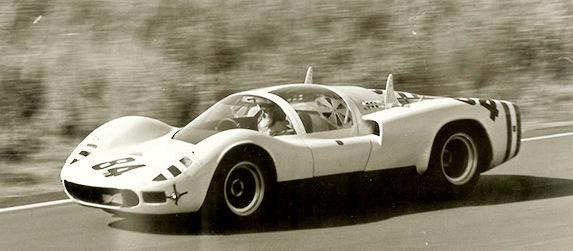
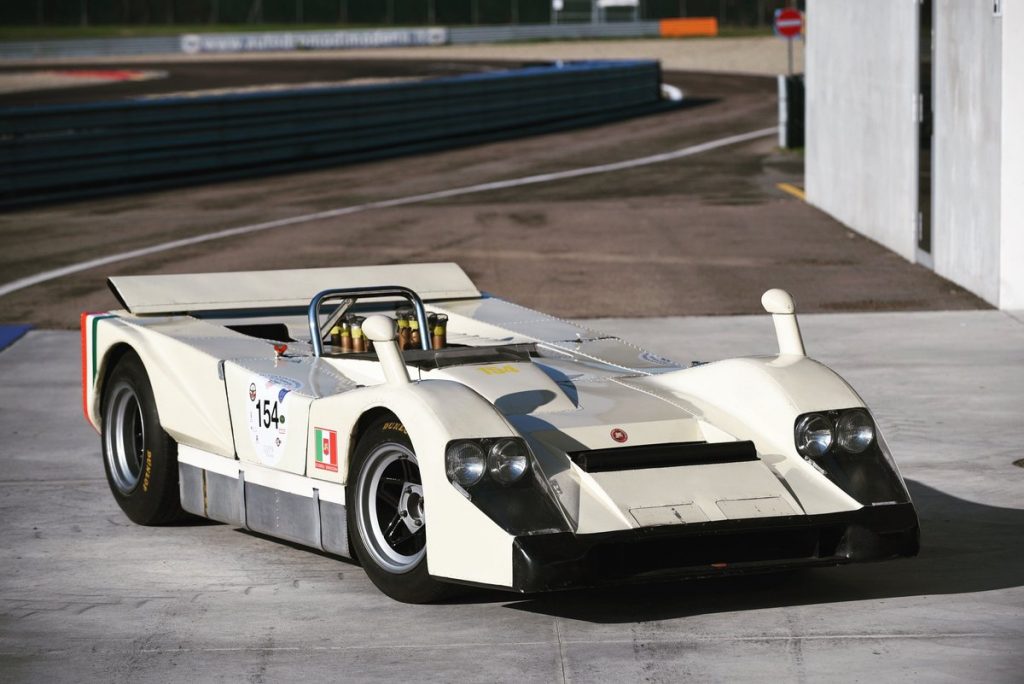
As a further development to Mclaren’s use of the Serenissima V8 engine, Count Volpi took delivery of a McLaren chassis from a CanAm prototype. Initially, he fitted this with his V8 Massimino engine. To differentiate it from the McLaren car, it was given a special fibreglass body. With a closed cockpit and doors hinged on the roof, the car had a fluid, elegant design, not unlike the Ferrari P2/P3 prototypes. In this form, the prototype was tested on the circuit at Modena by Giuliano Giuliani, chief mechanic for the Serenissima team and British driver Jonathan Williams. Williams remembered a car that was ” very easy to drive ” and said that the testing had served to ” sort out reliability problems with the engine “. He also mentioned ” the happy atmosphere in this little team “.
Dressed in the Serenissima white livery, the car entered its first race on 15 August 1968, the Coppa Città di Enna, in Pergusa, Sicily, driven by Jonathon Williams. In pre-race practice it was second quickest, just behind Jo Siffert’s Porsche 910. That is how they finished in the race itself. However, Count Volpi decided to modify the car for the 1969 season. To make the V8 Serenissima more competitive, Alf Francis designed a cylinder head with three valves per cylinder. This was the engine used for the second version of the McLaren-Serenissima which was given a new body at the same time. This was constructed by Carrozzeria Drogo Sports Cars using riveted Duralumin, it had a similar shape to the McLaren M8A CanAm car.
As with all Serenissima cars, the aesthetics were appealing, but this wasn’t enough to ensure success. According to Jonathan Williams, “the car was very pretty, but as soon as I sat behind the wheel I discovered a problem. It was extremely unstable at high speeds.” Various solutions were tested in an effort to rectify the problem. None were completely successful however, as at this time the principals of aerodynamics were not fully understood. There were also reliability problems. This was not enough, however, to prevent the car from competing in several international events during 1969 where it came up against the most successful endurance machines of the day: Ferrari P3/4, Lola T70, Alfa 33, Porsche 908 and Ford GT40. In the Preis von Tyrol race at Innsbruck in October, Williams finished in sixth place, and in his last race of the season, on 12 October, at the Salzburgring, he qualified on the front row of the grid alongside two factory Porsche 908s. Entered as number 24, he finished an impressive third overall on this very quick circuit. These results demonstrated the potential of a car that required further development. At this point Count Volpi was starting to lose interest in motor racing and decided to stop funding Serenissima. The business quickly shut up shop, to everyone’s surprise. (Source -carandclassic.co.uk/)
This car was sold for $990,226 at the 2020 Artcurial Auction at the Retromobile Show, Paris, this was below the estimate set.
Serenissima Agena
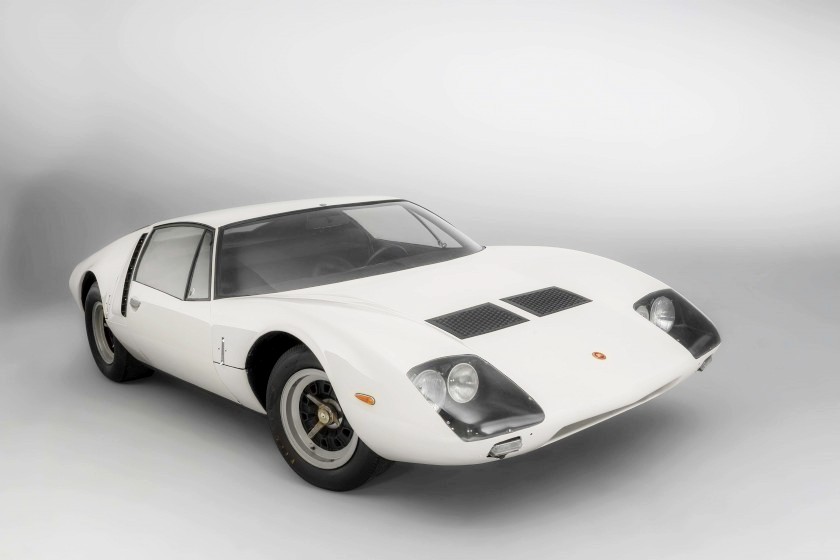
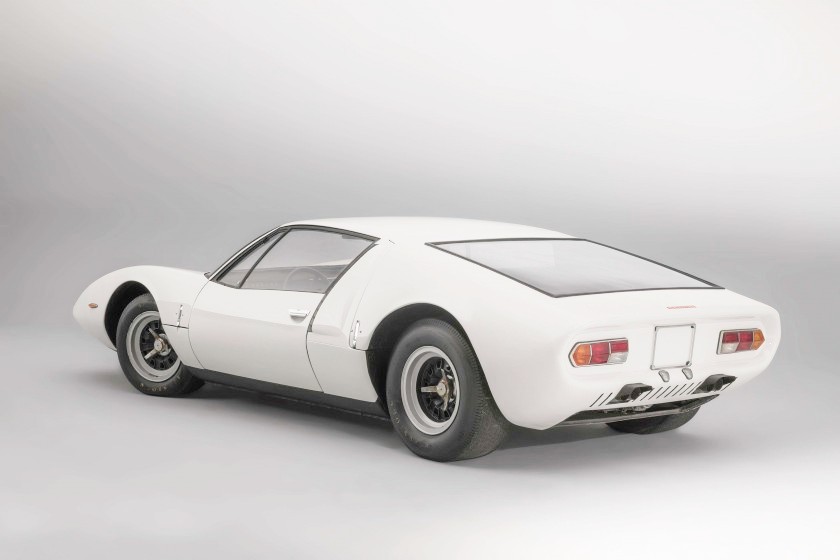
Commissioned by Count Giovanni Volpi, the Serenissima Agena 3500 GT was designed by Piero Drogo as a high-end Grand Tourer. This “one off” prototype was built by Drogo’s company, Carrozzeria Drogo Sports Cars, in Modena, Italy.
Based on a box structure with tubular front and rear sub frames, the Serenissima Agena was equipped with the Massimino Tipo 358 V engine. This was a 3.5-litre twin overhead cam V8 with twin-spark ignition and four Weber DCN14 carburettors, practically identical to that of the Le Mans Spyder referred to above.
Once finished, the Agena was little used, like the Spyder it was locked in the Count’s garage to be viewed and admired by close friends. In 2019 the Agena was auctioned at the Artcurial Auction held at the Retromobile Show, Paris. It achieved $490,700.
1968 Serenissima Ghia GT
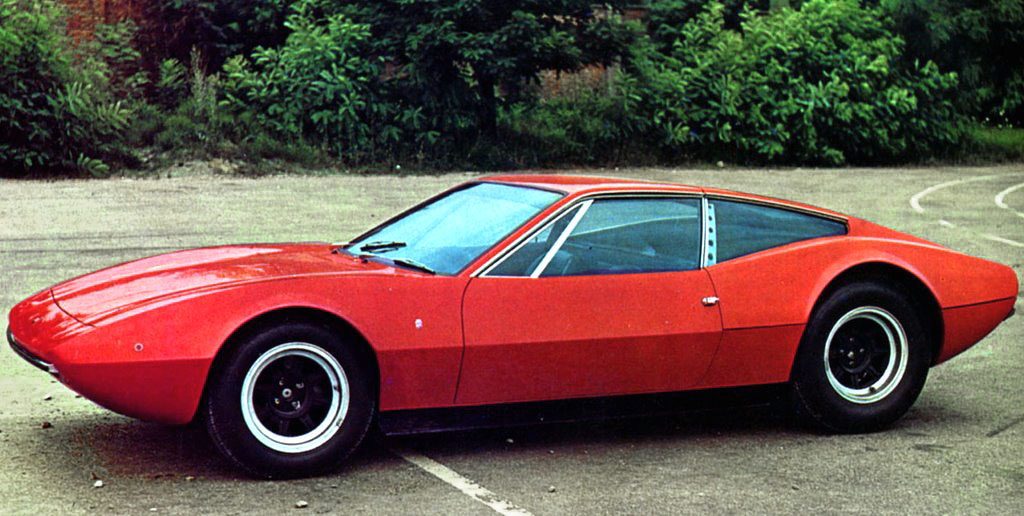
Giovanni Volpi reminiscing about Alejandro De Tomaso – “I was friends with De Tomaso, who owned Ghia (in the 1960s) he was an amazing character, very dynamic and full of life. We built a really well designed coupé with him, which had incredible suspension. It went round corners completely flat. “
With particularly elegant and subtle styling, this car had been designed by Tom Tjaarda who had just joined Ghia, following the departure of Gorgetto Giugiaro. It was one of the first projects he worked on, before the celebrated De Tomaso Pantera. This Serenissima, initially green, was exhibited on the Ghia stand at the Turin Motor Show in the autumn of 1968, alongside a Maserati Ghibli Spyder and a Maserati Simun prototype. In the press release, Ghia stated: ” A perfect balance of aesthetics, aerodynamics and engineering: the aim of the Ghia designers (…) when creating this new body. “
The car was originally fitted with a Massimino 3.5-litre V8 engine, but this was soon replaced, in 1969, with an Alf Francis M-167 engine, which it still has. With twin overhead cams and three valves per cylinder (two intake and one exhaust), it has single Marelli ignition and dry sump lubrication. The same size as the Massimino engine (3,470cc), it has four Weber 40 DCN14 carburettors and produces 320 bhp at 7,500 rpm. The car has a five-speed Serenissima (Colotti/Francis) gearbox, with limited-slip differential.
This is what was recorded in the Acturial Catalogue for their auction at the 2019 Retromobile Show, Paris –
“This Ghia coupé requires recommissioning before it can be driven. It is, however, a rare opportunity to acquire a unique car, with exclusive engineering and beautifully designed coachwork, which has hardly been driven. Exhibited at several Motor Shows in period, it is now being sold by the man who created the marque and has owned the car from new. Such special history and attributes provide an entry to all the most prestigious historic international events, while giving the future owner the satisfaction of owning a powerful automobile like no other, born in the creative heart of 1960s Italy”. It sold for $504,053.
Summary
What an incredible story this has been, to research and write. One of the many less publicised treasures of the automotive world. When I say less publicised, that isn’t to say it hasn’t been written about before, on the contrary; when I started my internet research I was quite amazed to find so many references to Count Giovanni Volpi’s Serenissima. As is often the case, many of the articles are regurgitations of each other. If it wasn’t so serious, to the dedicated researcher, it is quite amusing to see how the facts are jumbled to make the story being presented, in many of the articles, unfactual. It is only by comparing one source with another that one can unravel the mistakes and get back to the true story. Whilst I haven’t attempted to tell the whole story, by any means, I have tried to make sure that the picture I have set out here is as accurate as possible. If you want something closer to the whole Serenissima story then I can tell you that I stumbled across a book called ‘GLORIOUS FAILURE’ by Richard Heseltine.
Additional sources –
https://youtu.be/Jc05uu6hWOk
http://8w.forix.com/serenissima.html
** https://drive-my.com/en/retro-carss/item/3757-1966-serenissima-spyder.html
© carsceneinternational.com
Nick
A member of the Specialist Vehicle Associates

